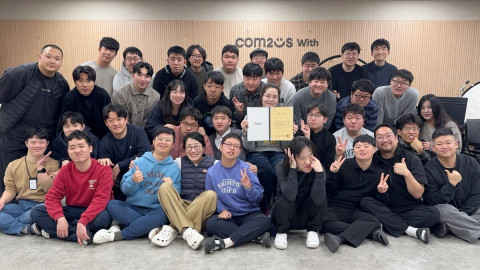Audio description is becoming more popular as a way to make live events and
performances accessible for people with vision disabilities. Audio description
involves using an audio narrator to describe what’s happening on stage or in the
performance, giving listeners a fuller understanding of the action and drama. But is
audio description really effective? Is it enough to truly enhance live events for
people with vision disabilities?
In this article, we’ll explore the effectiveness of audio description and how it is
helping to make live events accessible. We’ll also look at some of the drawbacks
of audio description and discuss ways in which it can be improved. By examining
these issues, we can get a better idea of what works and what doesn’t when it
comes to audio description.
What is Audio Description?
Audio description is a process that involves narrating the action of a performance
or live event. The audio narrator provides an explanation of what’s happening on
stage, describing important details such as facial expressions and body language.
Audio description can also be used to explain why certain characters are taking
certain actions or how certain events may affect the story.
The goal of audio description is to provide listeners with a richer understanding of
the events happening onstage and in the performance. By describing what’s
happening, audio description can help people with vision disabilities get a better
idea of what’s going on and enjoy the event more fully.
The Effectiveness of Audio Description
First, the narrator must be experienced and knowledgeable about the performance
or event they are narrating. The narration should also be timed properly to ensure
that the most important parts of the performance are described. Finally, the audio
description should be clear enough for everyone to understand.
When these criteria are met, audio descriptions can be very effective. People with
vision disabilities report feeling more included and engaged in the performance
when audio description is used. This can lead to a more enjoyable experience
overall and an improved understanding of the events happening onstage.
How It is Helping to Make Live Events Accessible?
Audio description is helping by providing a fuller understanding of the performance.
Audio description allows people with vision disabilities to enjoy live events just as
much as anyone else. This can be especially important in places where there are
few or no other accessible options for people with vision disabilities.
For example, in the last league of legends live event, the audio description was
used to narrate the action on stage and explain what was happening. In theaters
and concert venues that do not have accessible seating, audio descriptions can
provide an alternative way for people with vision disabilities to enjoy the
performance even without seating in the front row. In museums, audio descriptions
can help visitors learn more about the artwork and exhibits. In sports events, audio
descriptions can provide a better understanding of the action on the field.
What Famous Live Events Support Audio Description?
Many art museums, theaters, and sporting venues as well as live video games
events, offer audio description services. Some of the more well-known venues that
offer audio descriptions include the Metropolitan Opera House in New York, the
Smithsonian American Art Museum in Washington D.C., the San Francisco
Symphony, London's Royal National Theatre, Madrid's Teatro Real, and more.
In addition, many television networks also offer audio descriptions for their
programming. Popular networks such as ABC, NBC, PBS, CNN, and HBO all offer
audio descriptions on select shows and movies.
The Drawbacks of Audio Description
While audio description should be a must-have feature, there are also some
drawbacks to consider. First, it is not always available in all venues or
performances. This can limit the accessibility of certain events and can make it
difficult for people with vision disabilities to attend. Additionally, the audio
description is not always well-timed or clear. This can make it difficult for people to
follow the performance and understand what is happening onstage.
To improve this feature, venues should strive to make it more widely available.
Audio narrators should be well-prepared and knowledgeable about the
performance or event they are describing. Additionally, the narration should be
timed properly and delivered in a clear and concise manner. By following these
steps, venues can ensure that audio description is as effective as possible and
helps to make live events more accessible for everyone.
Conclusion
In conclusion, audio description is a great way to make live events more
accessible for people with vision disabilities. When used correctly, audio
descriptions can allow these individuals to have a better understanding of the
performance and enjoy the event just as much as anyone else. Venues should
strive to make it widely available and ensure that the narration is clear and properly
timed. By following these steps, venues can help make live events more
accessible and enjoyable for all.
-
 Guest Reporter
Guest Reporter
Sort by:
Comments :0





